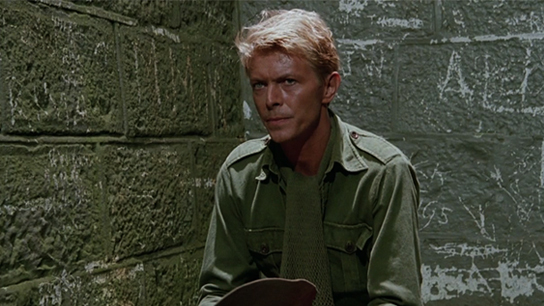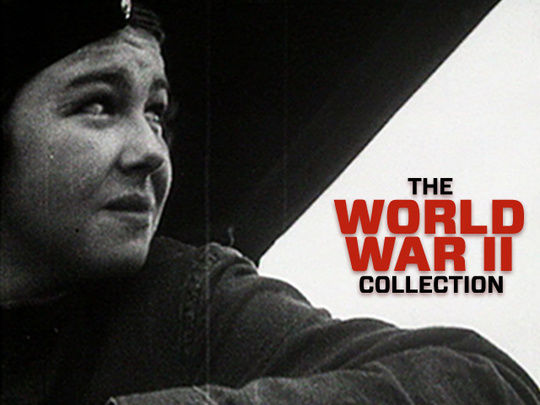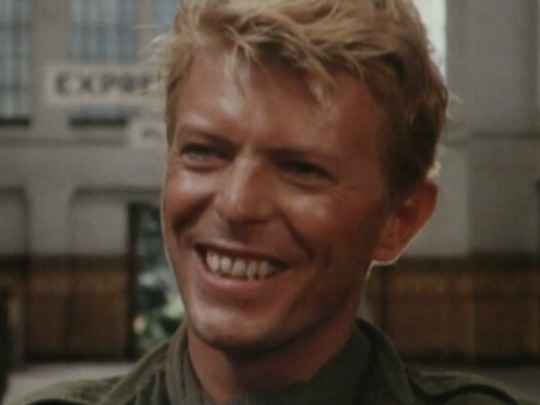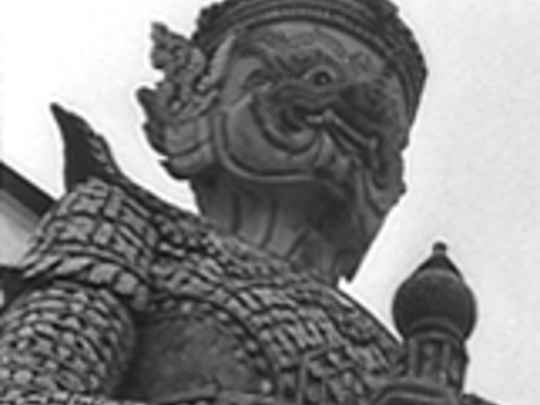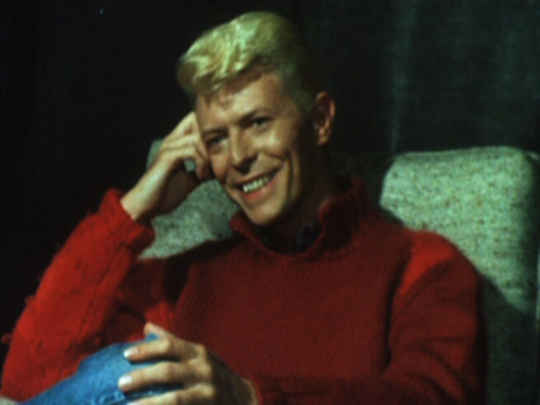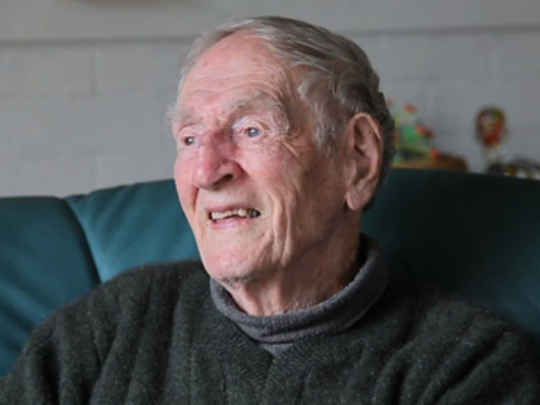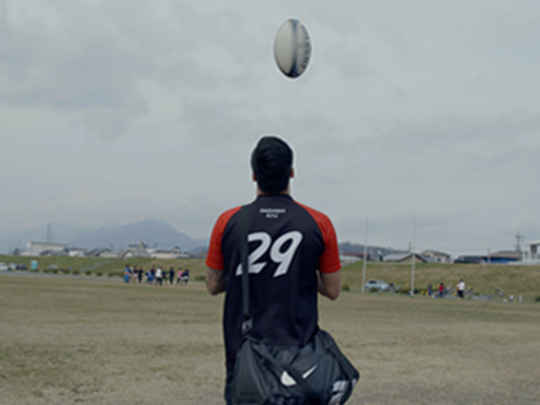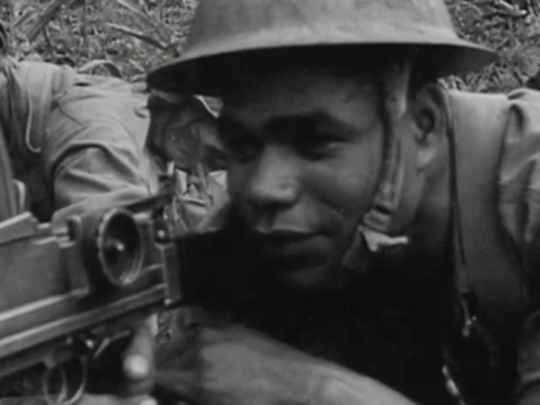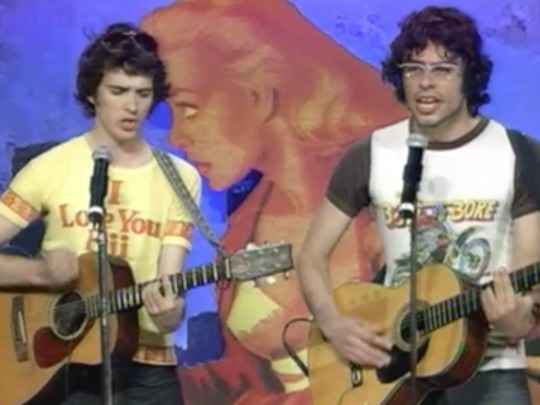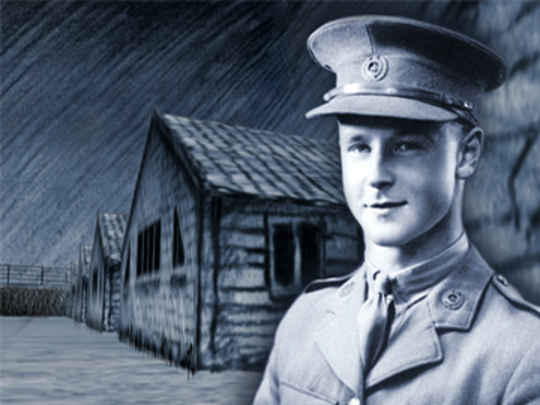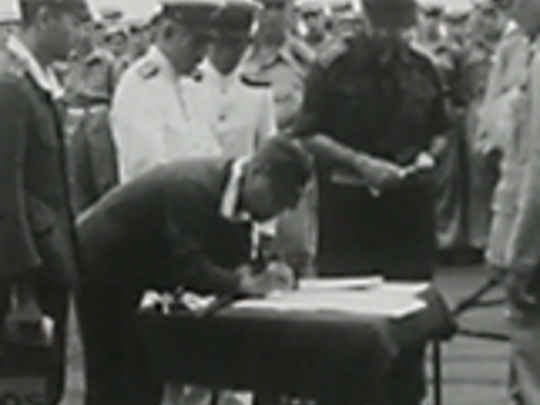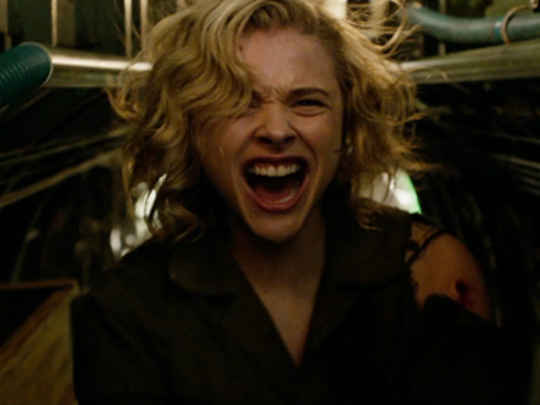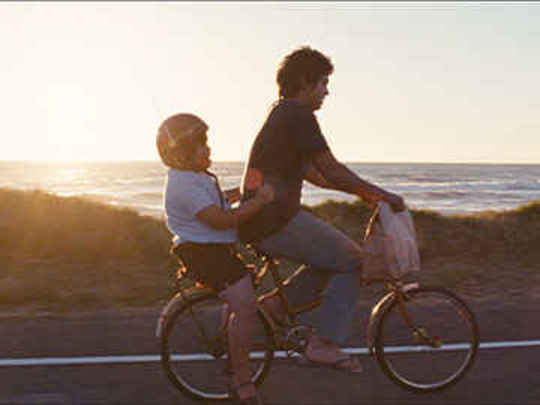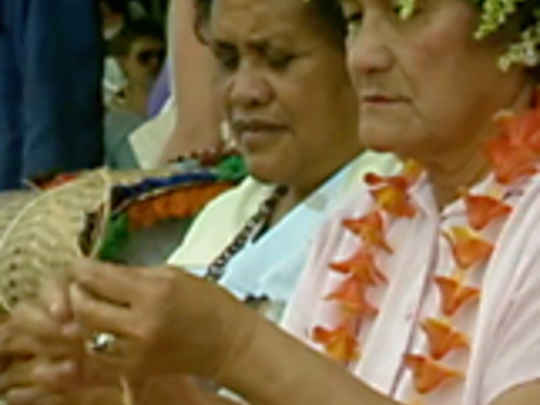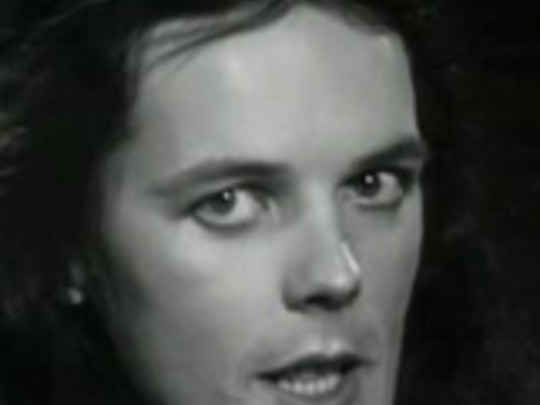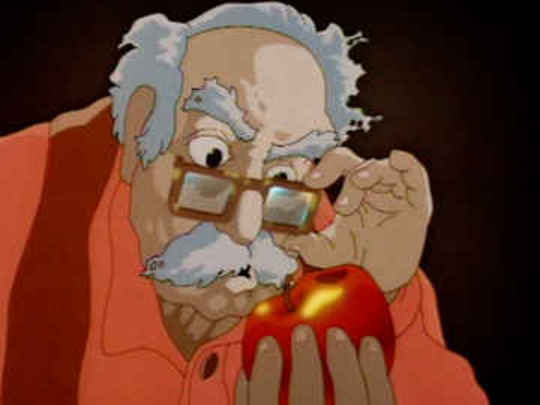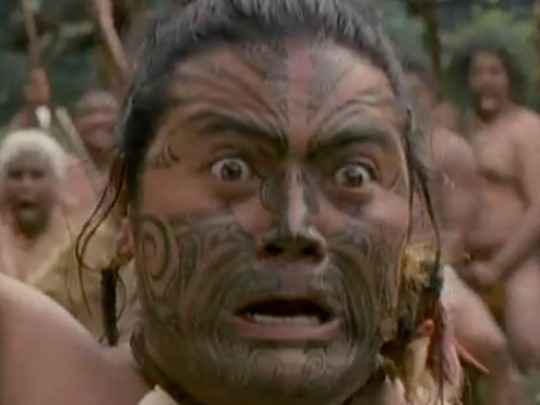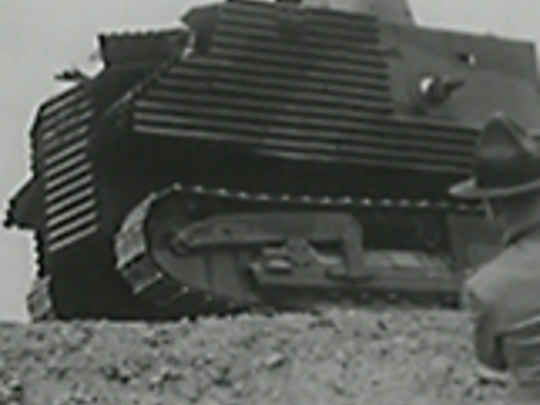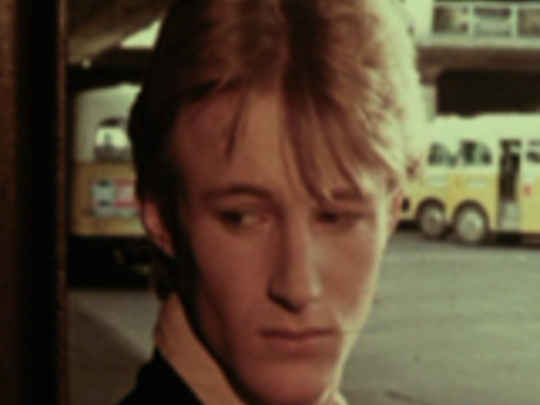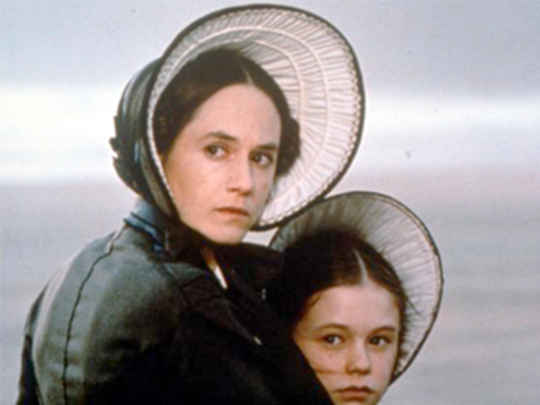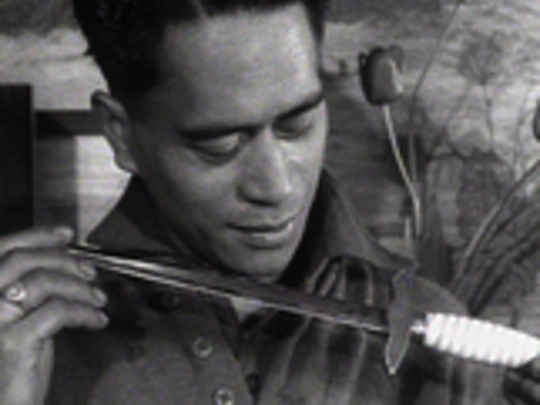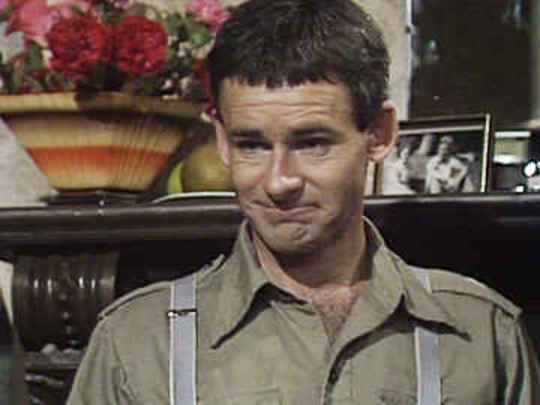One of the finest offshore features financed by tax-sheltered New Zealand investment ... [it] was shot in Auckland and Rarotonga, with Englishman Jeremy Thomas as producer and Larry Parr, whose former Broadbank colleagues helped raise the finance, as an associate producer.
– Ex NZ Film Commission Marketing Director Lindsay Shelton, in his 2005 book The Selling of New Zealand Movies
On the day the prospectus was issued we sent a messenger a few blocks along the Terrace from the Film Commission office to collect a copy. By the time it arrived the film had been over-subscribed. I knew several people who were investors. They seemed very pleased with the deal. The film ... was selected for competition at Cannes in 1983.
– Ex NZ Film Commission Marketing Director Lindsay Shelton in his 2005 book The Selling of New Zealand Movies
[Nagihsa] Ôshima handles directorial chores with a sure hand; he knows exactly what he wants to achieve and there seems to be perfect understanding between him and his crew. There is remarkable consistency in the rhythm, shape and atmosphere of the prisoner camp scenes, which accentuates all the more the incongruity of flashbacks to England that are out of tune with the rest of the picture.
– Variety reviewer 'Edna', after watching the film at the Cannes Film Festival, 25 May 1983
Bowie plays his part straight, no make-up displays and no eccentric behaviour and does a remarkably credible job. Conti shows much intelligence, feeling and pain in the part of Colonel Lawrence, while Jack Thompson brings to the part of Colonel Hicksley something of Alec Guinness' performance in The Bridge On The River Kwai. On the Japanese, side, Ryuichi Sakamoto gives a perfectly stylized performance as the code-bound commander of the prisoner camp, and also contributes highly original soundtrack music...
– Variety reviewer 'Edna', writing about the film at the Cannes Film Festival, 25 May 1983
The film is set in a Japanese prisoner-of-war camp in Java, Indonesia, during World War II, and was inspired by the books of a former prisoner who had endured life in such a camp. The would-be escapee is Major Jack Celliers, a South African officer in the British Army, played by David Bowie. The POW camp is run by Captain Yonoi, an officer in the Imperial Japanese Army, portrayed by Sakamoto in his debut role as both an actor and film composer. The movie hinges on the complex ways in which these two men see each other.
– Ruth Saxelby writes about the film, Criterion website, 6 July 2020
[Ryuichi] Sakamoto was in a unique position to give voice to the intricately woven threads of emotion that connect the protagonists. He had the opportunity, rare for a film composer, to inhabit one of the lead characters' heads and witness his turmoil from the inside ... The way [Yellow Magic Orchestra] used digital instruments in the late ’70s and early ’80s not only wildly expanded the possibilities of conveying a kaleidoscope of emotion through sound —influencing some of the pioneers of techno, electro, and hip-hop along the way — but also flipped the script on 'exotica'.
– Ruth Saxelby on the work of actor, composer and ex Yellow Magic Keyboardist Ryuichi Sakamoto, Criterion website, 6 July 2020
I started off very lucky because Mr Oshima trusted me completely. He gave me total creative freedom — and that was my first score. I wondered, Is he okay? I was an amateur in acting and in film scoring. No one told me how to write film music at that time, so I didn’t know how to start ... I had to create my own method.
– Ryuichi Sakamoto on composing the music for the film, Criterion website, 1 June 2017
